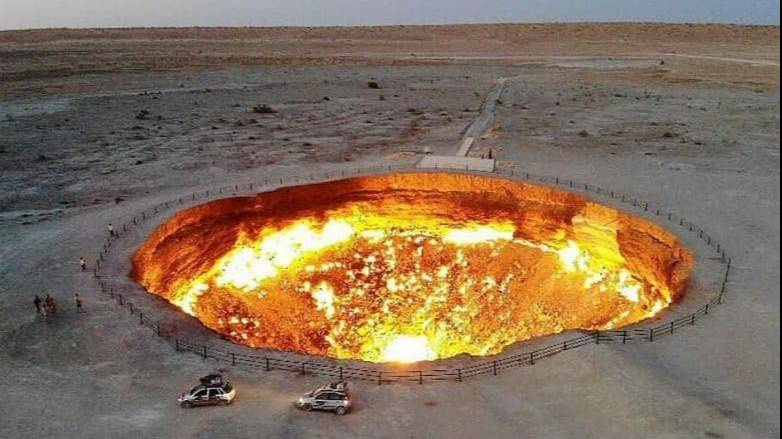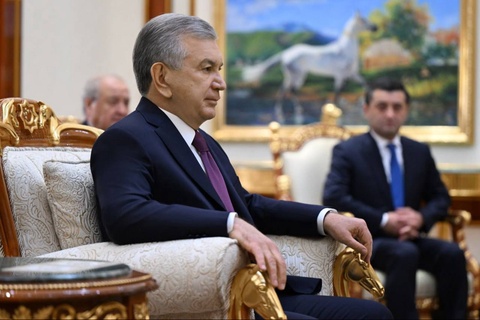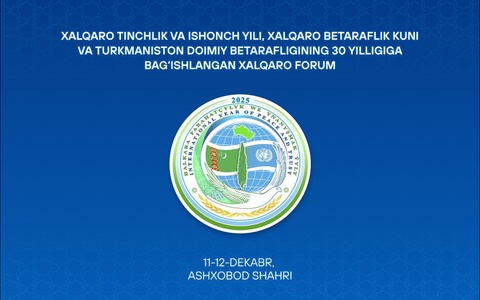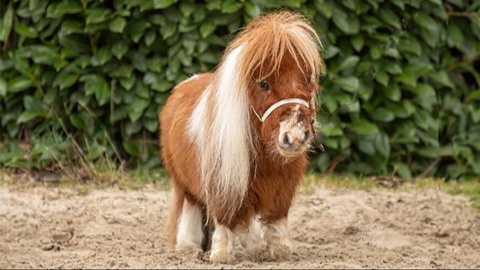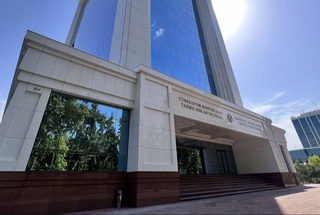As the head of state noted, a huge amount of gas has been burning in this area for many years. This circumstance negatively affects the environment and the health of people living nearby. Natural gas is also consumed, from which it is possible to make a significant profit to ensure the well-being of the people, Turkmen portal reports.
In this regard, Deputy Prime Minister Shakhym Abdrakhmanov, who oversees the fuel and energy complex, was instructed to attract scientists, and if necessary, foreign specialists to find a solution to this problem.
Recall that the issue of closing the crater was first raised by the President of Turkmenistan in 2010.
The burning gas crater in the town of Darvaza, popularly called the "Gates of Hell", located in the center of the Karakum desert, about 260 kilometers north of Ashgabat, is a Turkmen attraction that attracts the attention of scientists and tourists.
In 1971, Soviet geologists discovered an accumulation of natural gas in this area, and drilling a well caused a collapse - the upper layers of the soil simply collapsed into an underground cave, opening a large hole filled with gas. To avoid gas poisoning of people and livestock, geologists decided to set it on fire, believing that over time the fire would subside. But the natural gases escaping from the ground continue to burn until now. The diameter of the gas hole is 60 meters; the depth is about 20 meters.
In November 2013, the famous traveler and researcher George Koronis from Canada descended to the bottom of the crater to conduct research and collect samples. He managed to find bacteria that live at the bottom of the crater at high temperatures. These bacteria are not found anywhere on the surface of the Earth and feel great living in a small ecosystem at the bottom of a red-hot crater.


